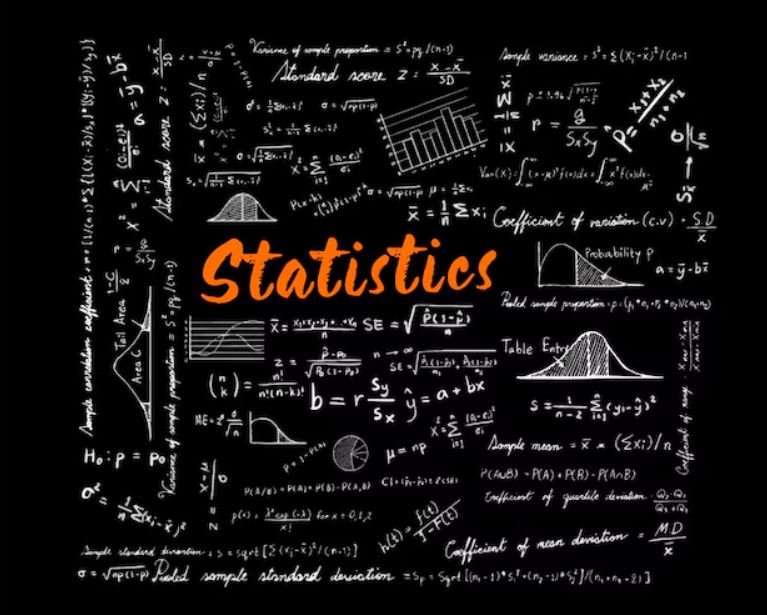
Overview
📊 Online Statistics Course – Overview
Course Title: Introduction to Statistics
Format: Fully Online (self-paced or instructor-led)
Duration: 8–12 weeks
Level: Beginner to Intermediate
Prerequisites: Basic algebra and comfort with numbers
🎯 Course Purpose
This course introduces the foundational concepts of statistics and how to apply them in real-world contexts. Students will learn how to collect, organize, analyze, and interpret data using both manual methods and digital tools.
🧠 Learning Objectives
By the end of the course, students will be able to:
-
Understand and apply key statistical concepts and terminology
-
Summarize data using descriptive statistics
-
Interpret and create various types of charts and graphs
-
Understand probability and its applications
-
Conduct statistical experiments and surveys
-
Perform hypothesis testing and basic inferential analysis
-
Use software tools like Excel, Google Sheets, or statistical packages
📝 Course Content Breakdown
Module 1: Introduction to Statistics
-
What is statistics?
-
Types of statistics: descriptive vs. inferential
-
Types of data: qualitative vs. quantitative
-
Levels of measurement: nominal, ordinal, interval, ratio
Module 2: Organizing and Displaying Data
-
Frequency tables and histograms
-
Bar charts, pie charts, line graphs
-
Stem-and-leaf plots, dot plots
-
Interpreting and comparing data sets
Module 3: Descriptive Statistics
-
Measures of central tendency: mean, median, mode
-
Measures of dispersion: range, variance, standard deviation
-
Percentiles, quartiles, and interquartile range (IQR)
Module 4: Probability Concepts
-
Basic probability rules
-
Independent and dependent events
-
Probability distributions
-
Introduction to normal distribution
Module 5: Discrete and Continuous Distributions
-
Binomial distribution
-
Normal distribution
-
Empirical rule and z-scores
-
Using tables or software for probabilities
Module 6: Sampling and Surveys
-
Types of sampling methods: random, stratified, cluster
-
Bias and sampling errors
-
Designing effective surveys and experiments
Module 7: Inferential Statistics
-
Introduction to estimation and confidence intervals
-
Hypothesis testing: null and alternative hypotheses
-
p-values and significance levels
-
One-sample z-tests and t-tests
Module 8: Correlation and Regression
-
Scatterplots and correlation coefficients
-
Simple linear regression
-
Using trendlines and interpreting slope
-
Predicting outcomes using linear models
Course Features
- Lecture 0
- Quiz 0
- Duration 12 weeks
- Skill level Beginner
- Language English
- Students 0
- Assessments Yes





